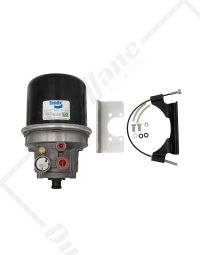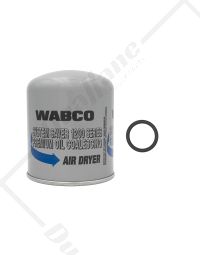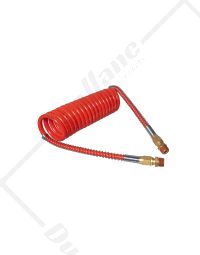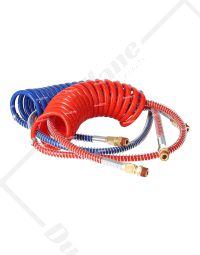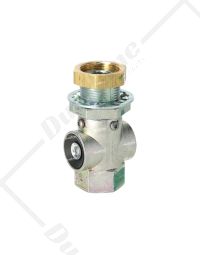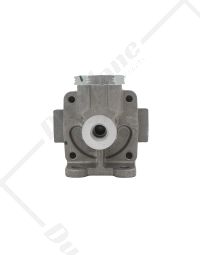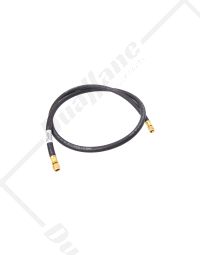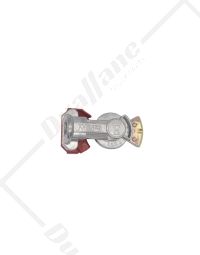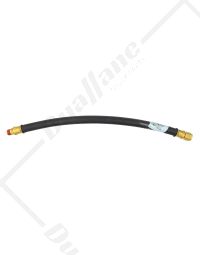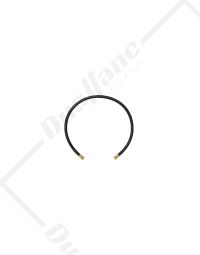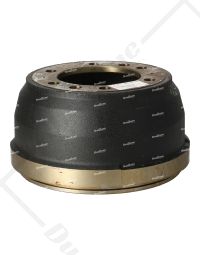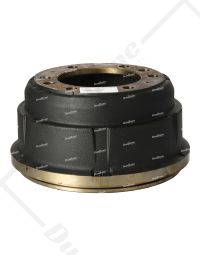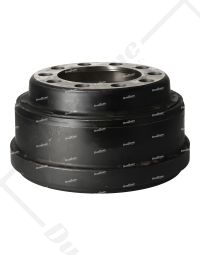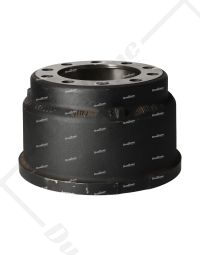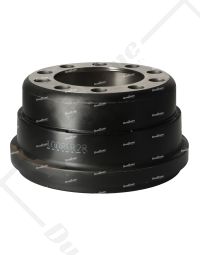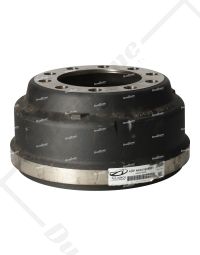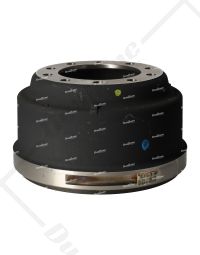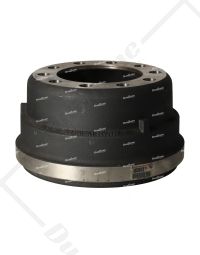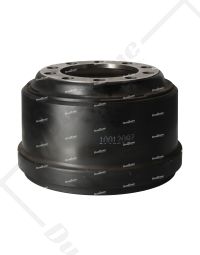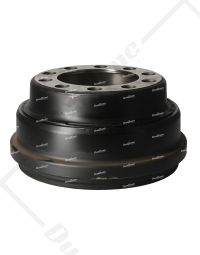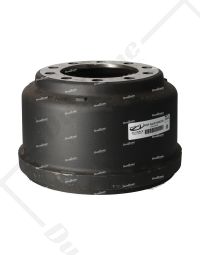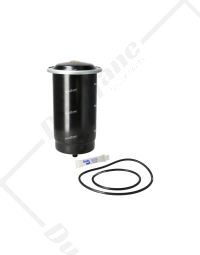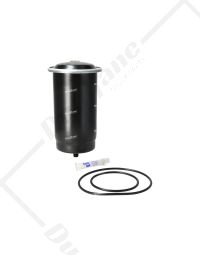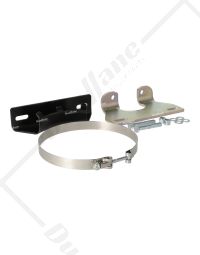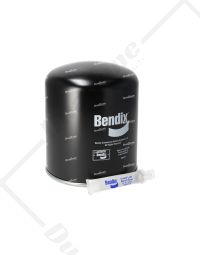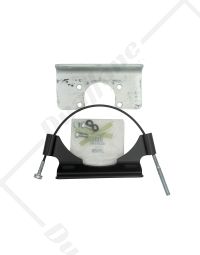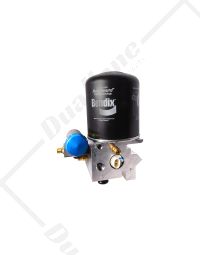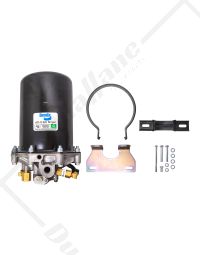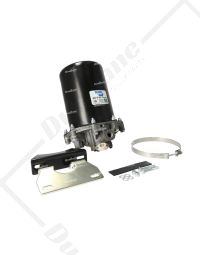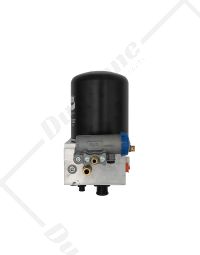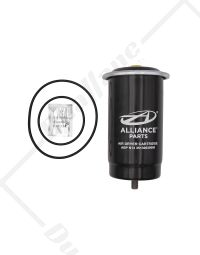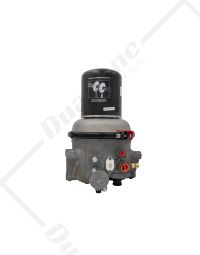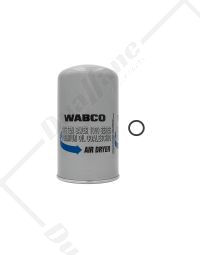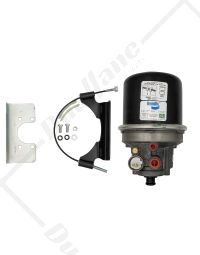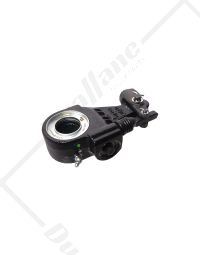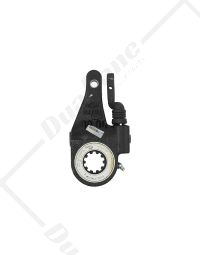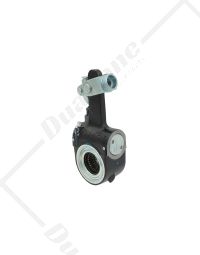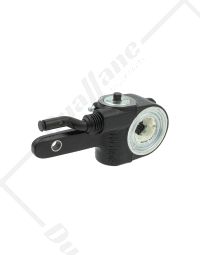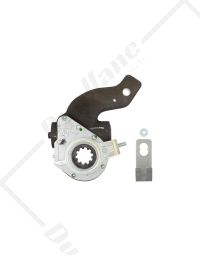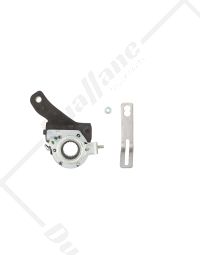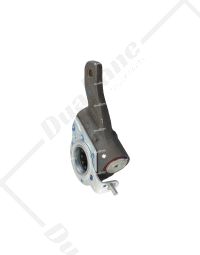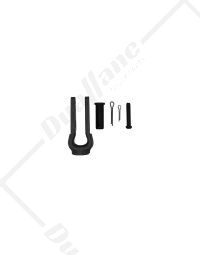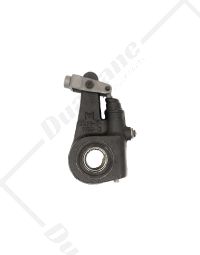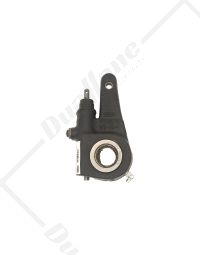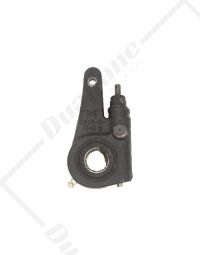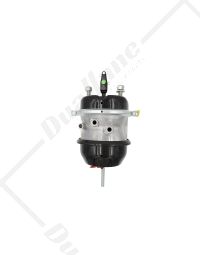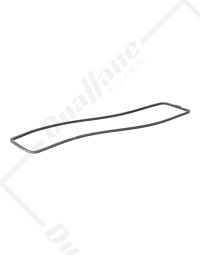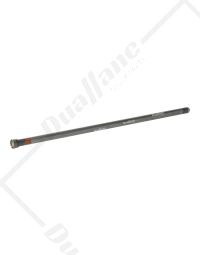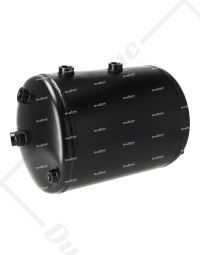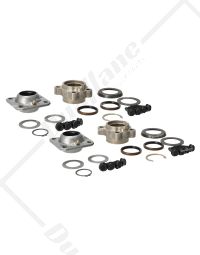How They Work, Troubleshooting, and Replacement Tips


Why Air Brakes Matter More Than You Think
When you’re behind the wheel of a fully loaded semi-truck weighing up to 80,000 pounds, there’s one thing you absolutely can’t afford to second-guess: your brakes. A dependable braking system is the difference between a safe stop and a catastrophic accident. In the heavy-duty trucking industry, air brakes are the gold standard — a proven technology that delivers consistent stopping power, built-in safety features, and the durability to withstand thousands of miles in the most punishing conditions.
But even the most robust air brake system isn’t “set it and forget it.” Every driver and fleet maintenance team needs to understand how these systems work, how to recognize trouble before it escalates, and when it’s time to replace key components.
In this comprehensive guide, we’ll cover:
-
Air Brake fundamentals
-
How Air Brakes work in real-world conditions
-
Adjusting Air Brakes correctly
-
Troubleshooting common Air Brake problems
-
Key questions every driver asks
-
Preventative maintenance for Air Brakes
-
Seasonal care strategies for Air Brakes
Air Brake Fundamentals
Before we get into troubleshooting and upgrades, let’s cover the fundamentals. Air brakes use compressed air instead of hydraulic fluid to apply braking force - a deliberate choice for heavy-duty vehicles.
Unlike hydraulic systems, which can leak fluid and fail without warning, air brake systems are fail-safe. If the system loses pressure, powerful springs in the brake chambers automatically engage the brakes to stop the vehicle. This means that even in the event of a catastrophic air leak, your truck has a built-in safety mechanism.
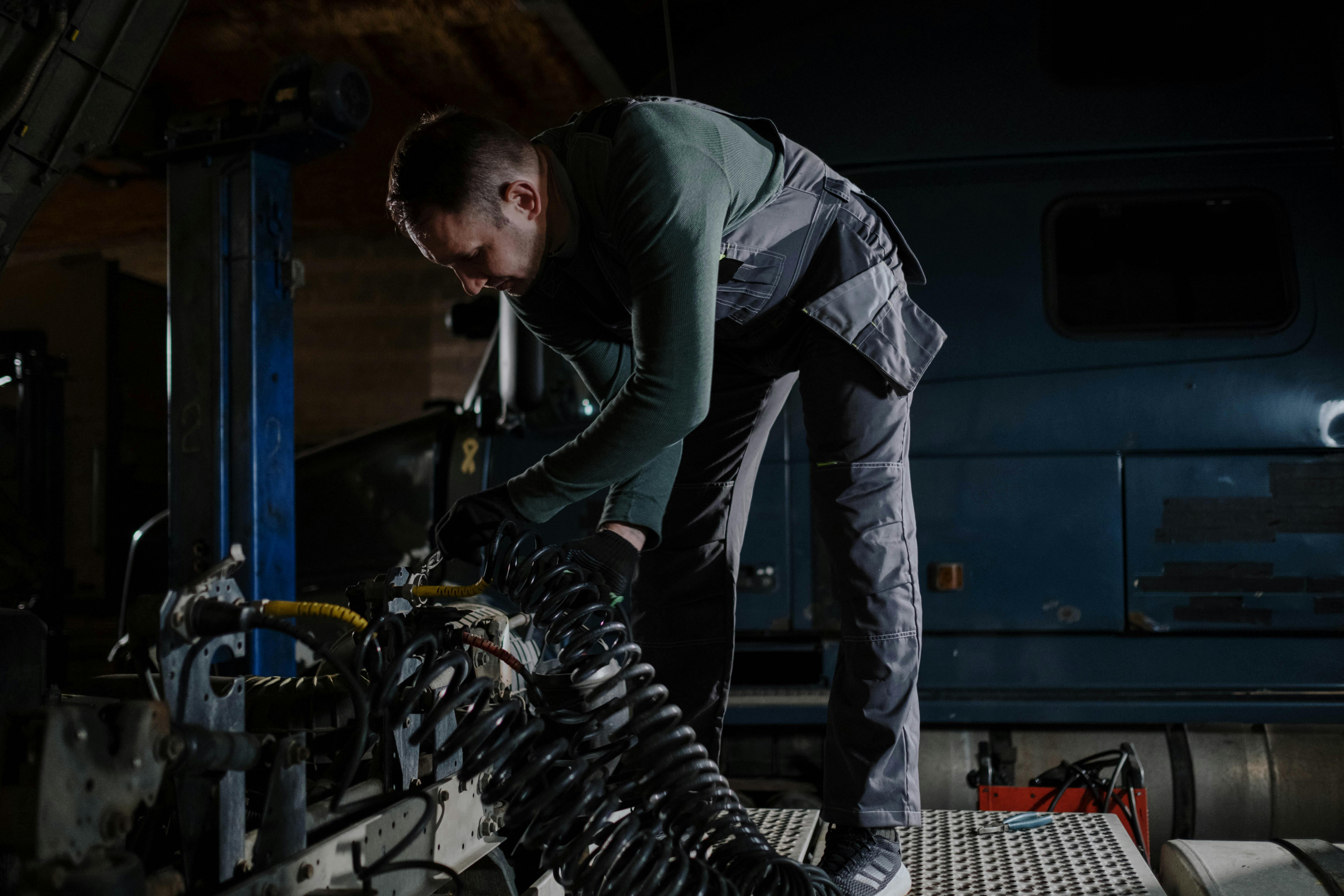

The core components of a typical air brake system include:
-
Air Compressor – Driven by the engine, it keeps the system supplied with compressed air.
-
Air Reservoir Tanks – Storage tanks that hold compressed air until it’s needed.
-
Air Dryer - Removes condensation to prevent corrosion and freezing.
-
Brake Chambers – Cylinders that convert air pressure into mechanical force. Inside each chamber, a diaphragm pushes a rod that connects to the slack adjuster.
-
Brake Drums or Rotors - The surfaces that the brake shoes/pads contact to slow the wheel.
-
Push Rods - Transfer motion from chambers to slack adjusters.
-
Slack Adjusters – Levers that translate push rod motion into rotational movement, turning the S-cam.
-
S-Cam and Brake Shoes – The S-cam presses the brake shoes outward against the brake drum, creating the friction needed to slow or stop the truck.
When these parts are in sync, you have smooth, powerful braking. When even one is compromised, your stopping distance increases — and your risk goes up.
How Air Brakes Work in Real-World Conditions
Imagine you’re driving down a steep grade in the Rockies. Your foot presses the brake pedal, and here’s what happens next:
-
Compression – The engine-mounted compressor draws in and compresses air.
-
Dry & Store – Air moves through the air dryer into the primary and secondary reservoirs.
-
Application – Pressing the brake pedal releases air from the reservoirs into the brake chambers.
-
Mechanical Action – Air pressure pushes the diaphragm, moving the push rod and rotating the slack adjuster.
-
Friction Engagement – The S‑cam spreads the shoes against the drum (or disc caliper squeezes pads against rotor) creating stopping power.
All of this happens in a fraction of a second. As long as air pressure is within spec, your braking force remains the same. That brings us to one of the most common driver questions: “How do air brakes actually fail?” The short answer is: rarely all at once. Problems tend to start with small leaks, worn components, or improper adjustment, which gradually reduce braking efficiency until one day you notice you’re taking longer to stop.


Adjusting Air Brakes Correctly
One of the most frequent questions drivers ask is “How do I adjust my air brakes?” The answer depends on whether you have manual or automatic slack adjusters.
For manual slack adjusters, park on level ground, chock your wheels, and release the parking brake. Using a wrench, turn the adjusting bolt until the brake shoes contact the drum, then back off 1/4 to 1/2 turn. This creates the correct clearance.
Automatic slack adjusters are designed to self-adjust, but they still need to be inspected regularly. If they’re out of spec, the cause is often internal wear — in which case, replacing them with Duallane automatic slack adjusters is the best move.
Troubleshooting Common Air Brake Problems
Air brake issues rarely appear without warning. Here’s how to spot — and fix — some of the most common ones.
If your brakes won’t release, the cause might be frozen air lines, a faulty relay valve, or a sticking brake chamber. In cold weather, thaw lines safely without open flames, test the relay valve, and replace the brake chamber if necessary.
Weak braking performance is often a sign of air leaks or worn shoes. Conduct a leak-down test, repair leaks, and install new brake shoes if needed.
Uneven braking between wheels typically comes from misadjusted slack adjusters or contamination on friction surfaces. Re-adjust or replace slack adjusters, and clean or replace affected components.
A constant low-air warning usually means a leak or faulty switch. Always repair leaks before replacing parts.
Dragging brakes? That’s a potential fire hazard. Look for weak chamber springs, sticking valves, or misadjustment, and replace components before hitting the road again.
To summarize, symptoms of a bad air brake chamber include:
-
Hissing air leaks from chamber body
-
Brake drag after pedal release
-
Low air pressure alarms
-
One wheel hotter after short run
-
Inconsistent brake response across axles


Key Questions Every Driver Asks
How do I cage air brakes in an emergency? Caging is a last-resort method to release spring brakes when there’s no air pressure. Locate the caging bolt on the chamber, insert it into the release port, and tighten to compress the spring. Only do this to move the truck to a safe repair location.
What causes brake fade and how do I prevent it? Overheating. Use engine braking and staged brake applications to keep temps down.
Can I drive with a leaking brake chamber? No — replace it immediately. A leaking chamber can lead to several brake related issues.
Preventive Maintenance for Air Brakes
Preventive maintenance is where the pros separate themselves from the rest. Daily checks can mean the difference between catching a problem early and dealing with a roadside breakdown.
Daily Maintenance:
-
Drain moisture from your air tanks to prevent freezing and corrosion.
-
Check for audible air leaks; a hiss where it shouldn’t be is always worth investigating. Use soapy water to find hissing points.
-
Confirm that your low-air warning activates before pressure drops below 60 psi.
Weekly Maintenance:
-
Take a closer look at your hoses, fittings, and slack adjusters. Any cracks, wear, glazing, oil contamination, or misalignment should be addressed immediately. Check pushrod travel at each PM.
-
Lubricate moving parts – Particularly S‑cam bushings and rollers.
Monthly Maintenance:
-
If you see less than 1/4 inch of friction material, it’s time to replace your brake shoes with a quality kit like Duallane’s brake shoe sets.
-
Manually adjust manual slack adjusters every ~10,000 miles; ASAs still require inspection.
Seasonal Care Strategies
Winter is notoriously hard on air brake systems. Moisture can freeze in lines, blocking air flow and preventing brakes from releasing. This is why many fleets use air brake antifreeze in alcohol evaporators during the cold months. Draining your tanks more frequently in freezing weather can also prevent ice buildup. It’s also advised to avoid parking with brakes applied in extreme cold if moisture is present in shoes/drums. Also, always allow system to build full pressure before moving.
In summer, the biggest enemy is heat. Long descents can cause drum temperatures to spike, leading to brake fade. Using your engine retarder and staged braking — applying brakes firmly for a few seconds, then releasing — can prevent overheating. Avoid “riding” your brakes downhill. During the hot months, inspect for heat checking or drum cracking, and keep return springs in good condition to prevent dragging.
Air brakes are one of the most reliable safety systems in the trucking industry — but only when they’re understood, maintained, and serviced correctly. By applying the practices in this guide, you can keep your truck safe, compliant, and performing at its best. When it’s time to replace components, trust Duallane’s air brake catalog for high-quality, heavy-duty parts that meet or exceed OEM standards.



